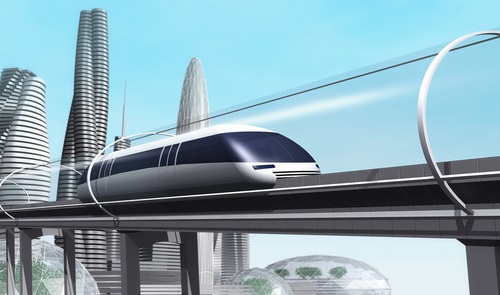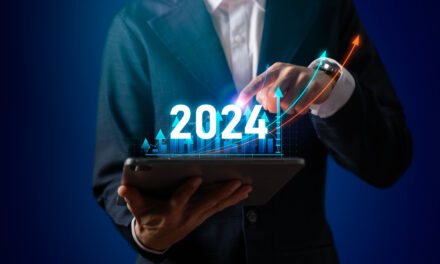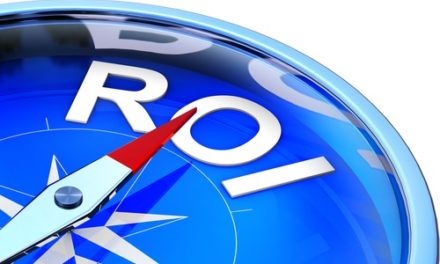
Hyperloop—The Future of
Today finds you 10 years into the future, and you happen to live walking distance from the Hyperloop station that will whisk you to downtown San Francisco in just 35 minutes in the future.
To view the full article please register below:
Hyperloop—The Future of
No. 4 in the series,
The Next Transportation Revolution
It’s 7:30 a.m. on a typical, sunny Los Angeles morning, with your first scheduled meeting at 8:30 a.m. … in San Francisco. Not to worry, because today also finds you 10 years into the future, and you happen to live walking distance from the Hyperloop station that will whisk you to downtown San Francisco in just 35 minutes, which is about how long the TSA line is at LAX.
While the recent attention paid to the Hyperloop stems from the involvement of Elon Musk, the idea of traveling through tubes dates back more than 100 years. Its present day form involves transporting people in individual pods using magnetic levitation within evacuated (airless) or partially-evacuated tubes, which eliminates the two greatest challenges of modern day high-speed trains: friction and air resistance.
Musk Proposes, Industry Follows
Elon Musk first proposed the concept of a Hyperloop in response to California’s attempt to build a high-speed train corridor. His idea was to build two tubes along Route 5 connecting Los Angeles and San Francisco. He envisioned passenger-carrying pods that would move people through tubes at speeds of 600 to 700 mph.
In a twist, Musk’s SpaceX (and its design partner Tesla) is not developing the Hyperloop; instead, its basic design was published on the companies’ blogs with an invitation to submit ideas to improve the design concept.
Since the Hyperloop is an open source design, this encouraged a number of companies to enter the competitive fray to produce a commercial version. Among the companies that are looking to build this transportation future are:
- Hyperloop One, which completed its first public propulsion system test in 2016
- Hyperloop Transport Technologies, which has cemented a deal to build a system in Slovakia
- Transpod, which plans a Toronto to Montreal loop
Speed Bumps Ahead
Though technological challenges remain, they may not be the biggest obstacles to the Hyperloop’s fruition. Among the more practical hurdles that will need to be overcome are finding a way to create a pleasing—and non-frightening—ride experience; humans may not be so readily prepared to travel in a tight space, hurtling at high speed through some tightly-enclosed tube.
As with any major infrastructure project, high costs (estimated to approach $100 billion), special interest objections, environmental concerns and bureaucratic impediments may result in unforeseen delays that push the future out further than anticipated.
See referenced disclosure (2) at https://blog-dev.americanportfolios.com/disclosures/
Want to learn more about what our futures may hold? Check out other blogs in “The Future Series“.
PRIVATIZATION OF SPACE EXPLORATION











